Home>Gardening & Outdoor>Landscaping Ideas>How To Plant Grass After Tree Removal
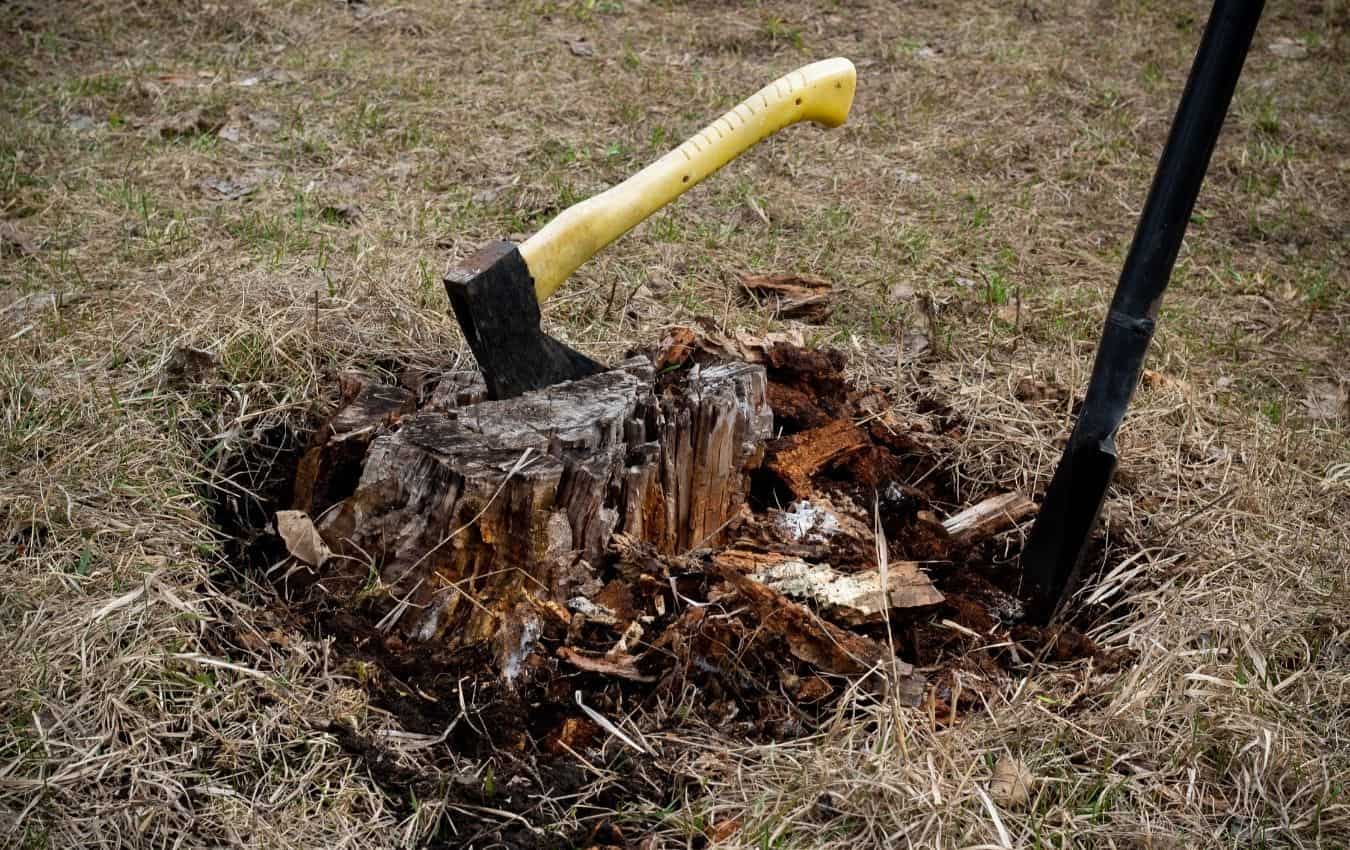

Landscaping Ideas
How To Plant Grass After Tree Removal
Published: January 25, 2024
Learn effective landscaping ideas for planting grass after tree removal. Get expert tips and advice for a successful lawn transformation. Discover how to create a beautiful and lush green space.
(Many of the links in this article redirect to a specific reviewed product. Your purchase of these products through affiliate links helps to generate commission for Storables.com, at no extra cost. Learn more)
Introduction
So, you've recently removed a tree from your garden or yard, and now you're left with a patch of bare soil that's just begging for some new life. Planting grass in this area can not only restore the beauty of your landscape but also prevent soil erosion and improve the overall health of your outdoor space.
In this comprehensive guide, we'll walk you through the step-by-step process of planting grass after tree removal. From assessing the area to selecting the right grass seed and providing proper care for your newly planted grass, we've got you covered. By following these guidelines, you can ensure that your new grass will thrive and create a lush, green carpet in place of the once-shaded tree spot.
Let's dive into the details of how to transform that bare patch of soil into a vibrant and flourishing lawn.
Key Takeaways:
- After removing a tree, planting grass not only restores beauty but also prevents soil erosion. Assess the area, clear debris, prepare the soil, select the right grass seed, and provide proper care for a thriving lawn.
- To plant grass after tree removal, assess the area, clear debris, prepare the soil, select the right grass seed, and provide attentive care. This process creates a lush, resilient lawn for your outdoor space.
Read more: How To Grow Grass After Tree Removal
Assessing the Area
Before diving into the process of planting new grass, it's crucial to assess the area left behind by the removed tree. Start by examining the soil to determine its composition and quality. Consider factors such as drainage, sunlight exposure, and existing vegetation in the vicinity.
Take note of any remaining tree roots or large debris that may hinder the growth of new grass. Clearing these obstacles will create a clean slate for your lawn-to-be. Additionally, evaluate the surrounding landscape to ensure that the new grass will seamlessly blend with the existing greenery.
It's also essential to consider the purpose of the newly planted grass. Will it serve as a play area for children or pets, or is it purely ornamental? This consideration will influence the type of grass seed you select and the level of maintenance required.
By thoroughly assessing the area, you can make informed decisions about soil preparation, grass seed selection, and future maintenance, setting the stage for a successful lawn transformation.
Clearing the Site
Once you’ve assessed the area, it’s time to prepare the site for the new grass. Begin by removing any remaining tree roots, rocks, or large debris from the soil. This process can be labor-intensive, but it’s essential for creating a clean and even surface for planting.
If the tree’s roots are extensive and deeply embedded in the soil, you may need to enlist the help of a professional to ensure thorough removal. This step is crucial as lingering roots can hinder the growth of the new grass and lead to uneven patches in your lawn.
After clearing the site of debris and roots, consider aerating the soil to improve its quality and promote healthy grass growth. Aerating involves perforating the soil with small holes to allow air, water, and nutrients to penetrate the grassroots. This process can be particularly beneficial if the soil is compacted or lacks proper drainage.
By clearing the site and aerating the soil, you create an optimal environment for the new grass to take root and thrive. These initial steps lay the foundation for a healthy and vibrant lawn, setting the stage for successful grass planting.
Preparing the Soil
With the site cleared, it’s time to focus on preparing the soil to provide an ideal growing environment for the new grass. Start by testing the soil to assess its pH level and nutrient content. This information will guide you in determining the necessary amendments to ensure that the soil is conducive to healthy grass growth.
If the soil test reveals an imbalance in pH or nutrient levels, consider incorporating organic matter, such as compost or well-rotted manure, to improve the soil’s structure and fertility. Additionally, you may need to adjust the pH using lime or sulfur to create an optimal growing environment for the selected grass species.
Next, use a tiller or garden fork to loosen the soil to a depth of at least 6 inches. This process helps break up compacted soil, improves drainage, and allows the grassroots to penetrate the soil more easily. Remove any remaining debris or weeds that may have surfaced during the tilling process.
Once the soil is adequately prepared, consider applying a high-quality starter fertilizer to provide essential nutrients for the new grass. Be sure to follow the manufacturer’s recommendations regarding application rates and techniques to avoid over-fertilization, which can be detrimental to the grass seedlings.
By diligently preparing the soil, you create an optimal foundation for successful grass establishment. The effort invested in soil preparation sets the stage for healthy root development and robust grass growth, ultimately leading to a lush and resilient lawn.
After tree removal, remove any remaining roots and debris. Loosen the soil, add topsoil if needed, and spread grass seed evenly. Keep the area moist for germination.
Selecting the Right Grass Seed
Choosing the appropriate grass seed is a critical step in the process of planting grass after tree removal. The ideal grass species will depend on various factors, including the climate, sunlight exposure, soil type, and the intended use of the lawn.
Consider warm-season grasses such as Bermuda, Zoysia, or St. Augustine if you reside in a region with hot summers and mild winters. These grasses thrive in full sunlight and are well-suited for areas with minimal shade. On the other hand, if your location experiences cold winters and moderate summers, cool-season grasses like Kentucky bluegrass, fescue, or ryegrass may be more suitable.
Assess the sunlight exposure in the area where the grass will be planted. If the site receives ample sunlight throughout the day, select a grass species that is tolerant of full sun conditions. Conversely, if the area is shaded by surrounding trees or structures, opt for shade-tolerant grass varieties that can thrive in low-light environments.
Consider the intended use of the lawn when selecting grass seed. If the area will serve as a play space for children or pets, choose a durable grass species with excellent wear tolerance. For purely ornamental purposes, prioritize aesthetic qualities such as color, texture, and overall appearance.
It’s also crucial to select high-quality grass seed that is free of weeds and other crop seeds. Look for certified seed varieties from reputable suppliers to ensure that you are introducing pure and top-performing grass seed to your lawn.
By carefully considering these factors and selecting the right grass seed for your specific conditions, you can lay the groundwork for a thriving and visually appealing lawn that enhances the beauty of your outdoor space.
Read more: How To Remove Grass Around Trees
Planting the Grass Seed
With the site prepared and the appropriate grass seed selected, it’s time to proceed with planting. Begin by evenly spreading the grass seed over the prepared soil using a seed spreader or by hand. Be mindful of the recommended seeding rates for the chosen grass species to ensure adequate coverage without overcrowding the area.
After broadcasting the seed, lightly rake the soil to incorporate the seed into the top layer. This step promotes good seed-to-soil contact, which is essential for germination and establishment. Avoid burying the seed too deeply, as this can impede germination and hinder the emergence of new grass shoots.
Once the seed is in place, gently compact the soil using a lawn roller or by walking over the area. This helps ensure good seed-to-soil contact and prevents the seed from being washed away during watering or heavy rainfall. Consider covering the seeded area with a thin layer of straw or mulch to retain moisture and protect the seed from birds or wind displacement.
After planting, provide consistent moisture to the seeded area. Light, frequent watering is crucial to keep the soil evenly moist without causing waterlogging. Be attentive to the moisture needs of the newly planted grass, especially during dry or hot periods, to support germination and early growth.
Monitor the seeded area closely for the emergence of new grass shoots, which typically occurs within one to three weeks, depending on the grass species. Once the grass reaches a mowable height, gradually transition into a regular mowing routine to encourage healthy growth and establish a dense, lush lawn.
By following these planting guidelines and providing attentive care, you can facilitate the successful establishment of new grass and nurture its growth into a thriving and verdant lawn.
Caring for Newly Planted Grass
After planting the grass seed, providing proper care is essential to ensure the successful establishment and long-term health of your new lawn. Here are some crucial steps to follow as you nurture the newly planted grass:
- Watering: Keep the seeded area consistently moist by watering lightly at least once a day, or more frequently if the weather is particularly dry. Avoid overwatering, as this can lead to shallow root growth and other issues.
- Mowing: Once the grass reaches a height of 3 to 4 inches, it’s time for the first mowing. Set the mower blades to a higher setting initially to avoid stressing the young grass plants. Gradually reduce the mowing height over subsequent mowing sessions as the grass becomes more established.
- Fertilizing: Approximately six to eight weeks after planting, consider applying a high-quality, slow-release fertilizer to provide essential nutrients for the developing grass. Follow the manufacturer’s recommendations for application rates and timing to avoid over-fertilization.
- Weed Control: Monitor the seeded area for signs of weeds and address them promptly to prevent competition for nutrients and space. Consider using a selective herbicide specifically formulated for newly seeded lawns, following the instructions carefully to avoid harming the young grass.
- Protection: Minimize foot traffic and pet activity on the newly planted grass to prevent damage and disturbance during the critical establishment phase. Consider using temporary barriers or signage to designate the area and prevent unintentional trampling.
- Monitoring: Keep a close eye on the newly planted grass for any signs of stress, disease, or pest infestation. Promptly address any issues that arise to maintain the health and vigor of the developing lawn.
By providing attentive care and following these guidelines, you can support the successful establishment of your newly planted grass and promote its development into a lush, resilient, and vibrant lawn that enhances the beauty of your outdoor space.
Conclusion
Planting grass after tree removal presents an opportunity to transform a bare patch of soil into a flourishing and inviting lawn. By following the step-by-step process outlined in this guide, you can create an optimal environment for the successful establishment of new grass, ultimately enhancing the beauty and functionality of your outdoor space.
Thoroughly assessing the area, clearing the site, and preparing the soil are foundational steps that set the stage for healthy grass growth. Selecting the right grass seed tailored to your specific conditions and needs ensures that your new lawn will thrive in its environment. Planting the grass seed with care and providing attentive maintenance and nurturing are crucial for the successful establishment and long-term health of the newly planted grass.
As the grass takes root and flourishes, it will not only contribute to the visual appeal of your landscape but also provide numerous environmental benefits, including soil stabilization, erosion control, and improved air quality. Additionally, a vibrant lawn creates a welcoming outdoor space for relaxation, recreation, and social gatherings.
By investing time and effort in the process of planting grass after tree removal, you can enjoy the rewards of a lush and resilient lawn that enhances the overall aesthetics and functionality of your outdoor environment. With proper care and maintenance, your new lawn will thrive, providing a green oasis for years to come.
Embrace the opportunity to create a thriving and vibrant lawn, and savor the satisfaction of witnessing your outdoor space transform into a lush and inviting haven for both you and nature.
Frequently Asked Questions about How To Plant Grass After Tree Removal
Was this page helpful?
At Storables.com, we guarantee accurate and reliable information. Our content, validated by Expert Board Contributors, is crafted following stringent Editorial Policies. We're committed to providing you with well-researched, expert-backed insights for all your informational needs.
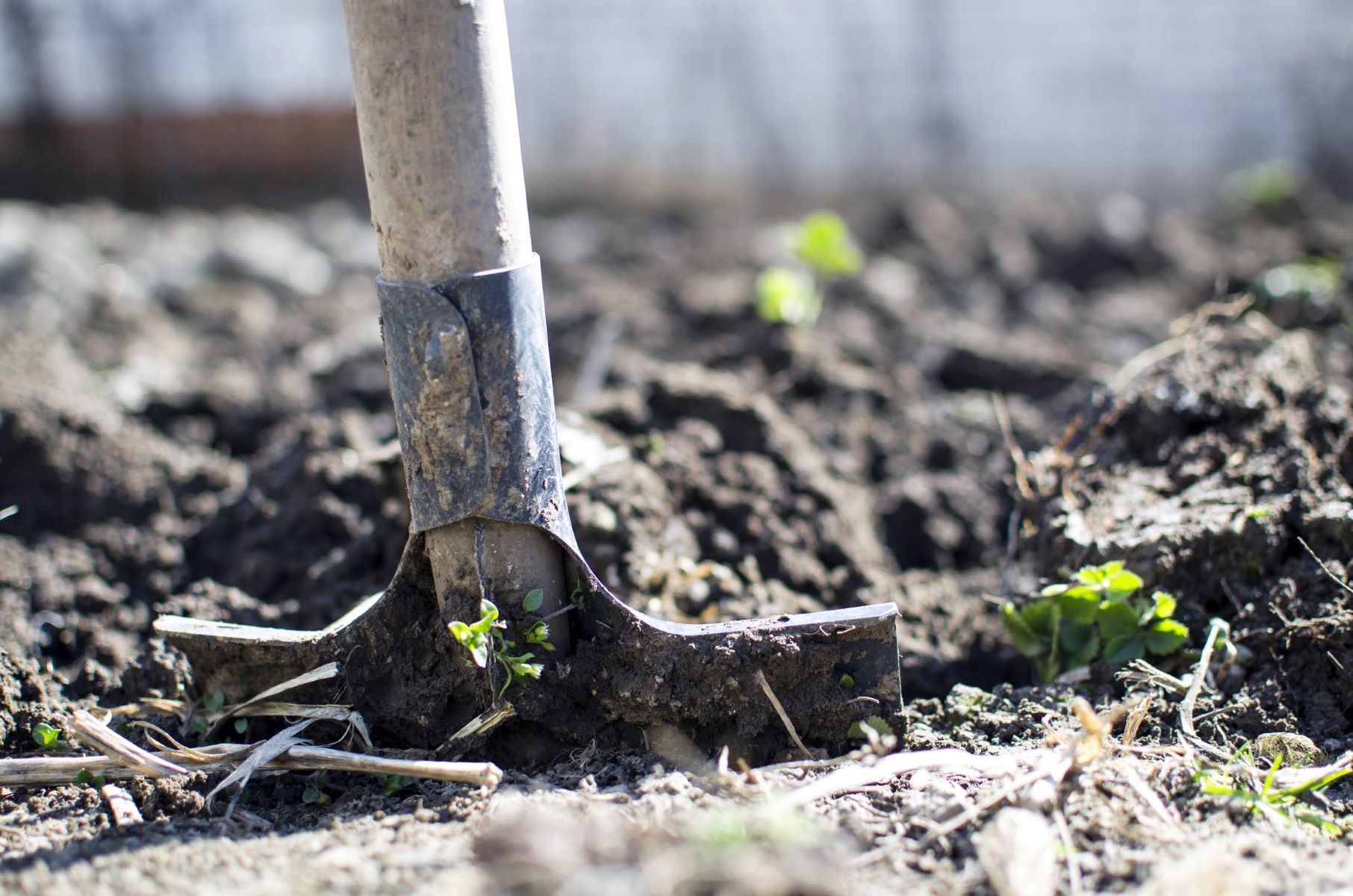
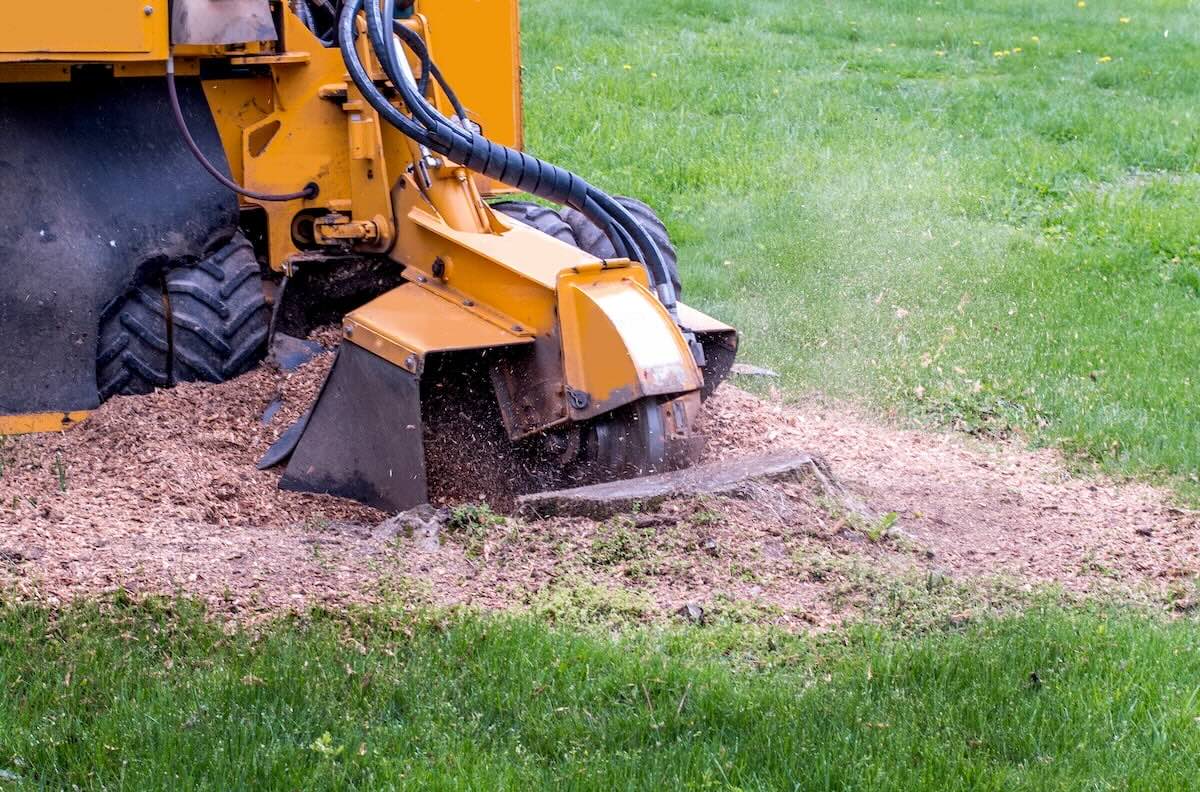

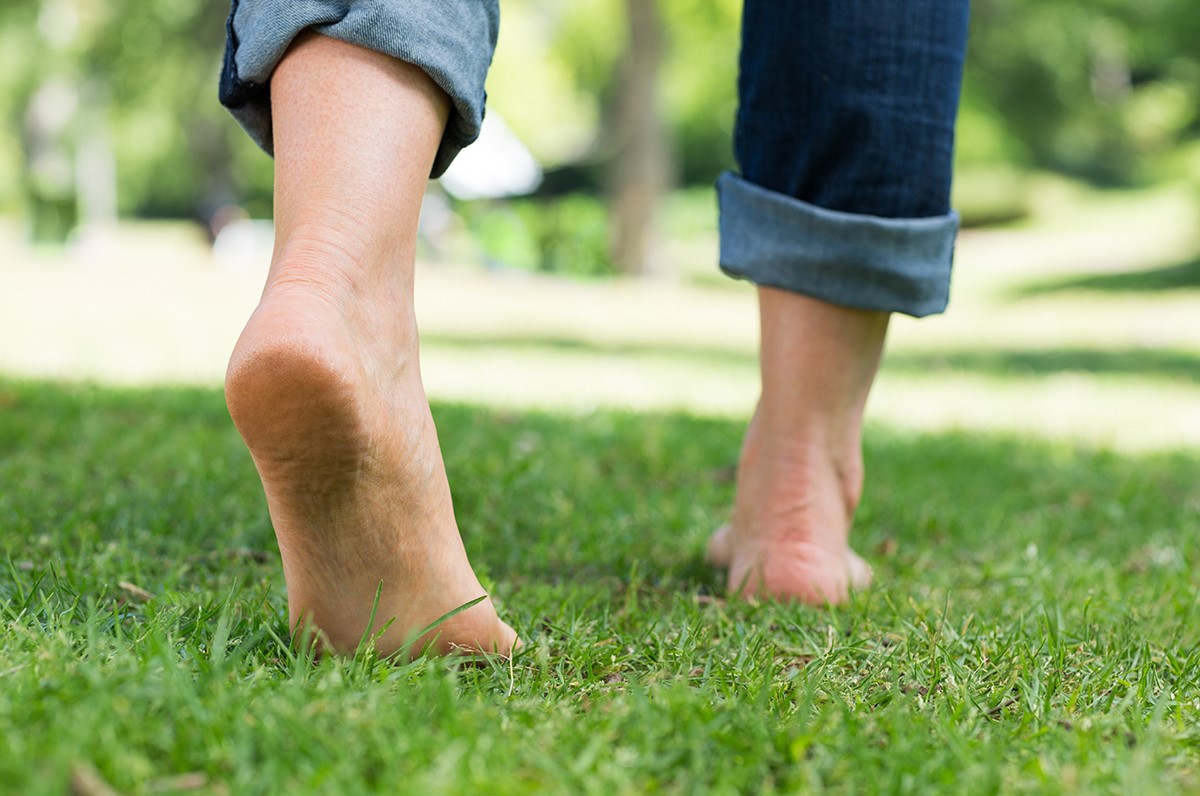
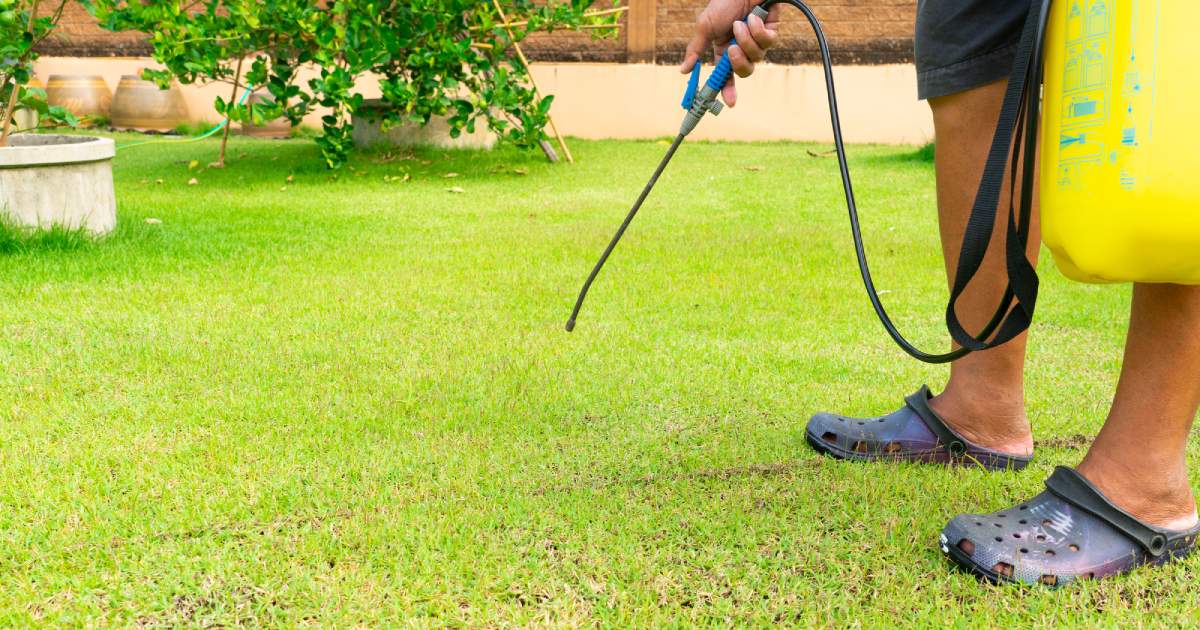
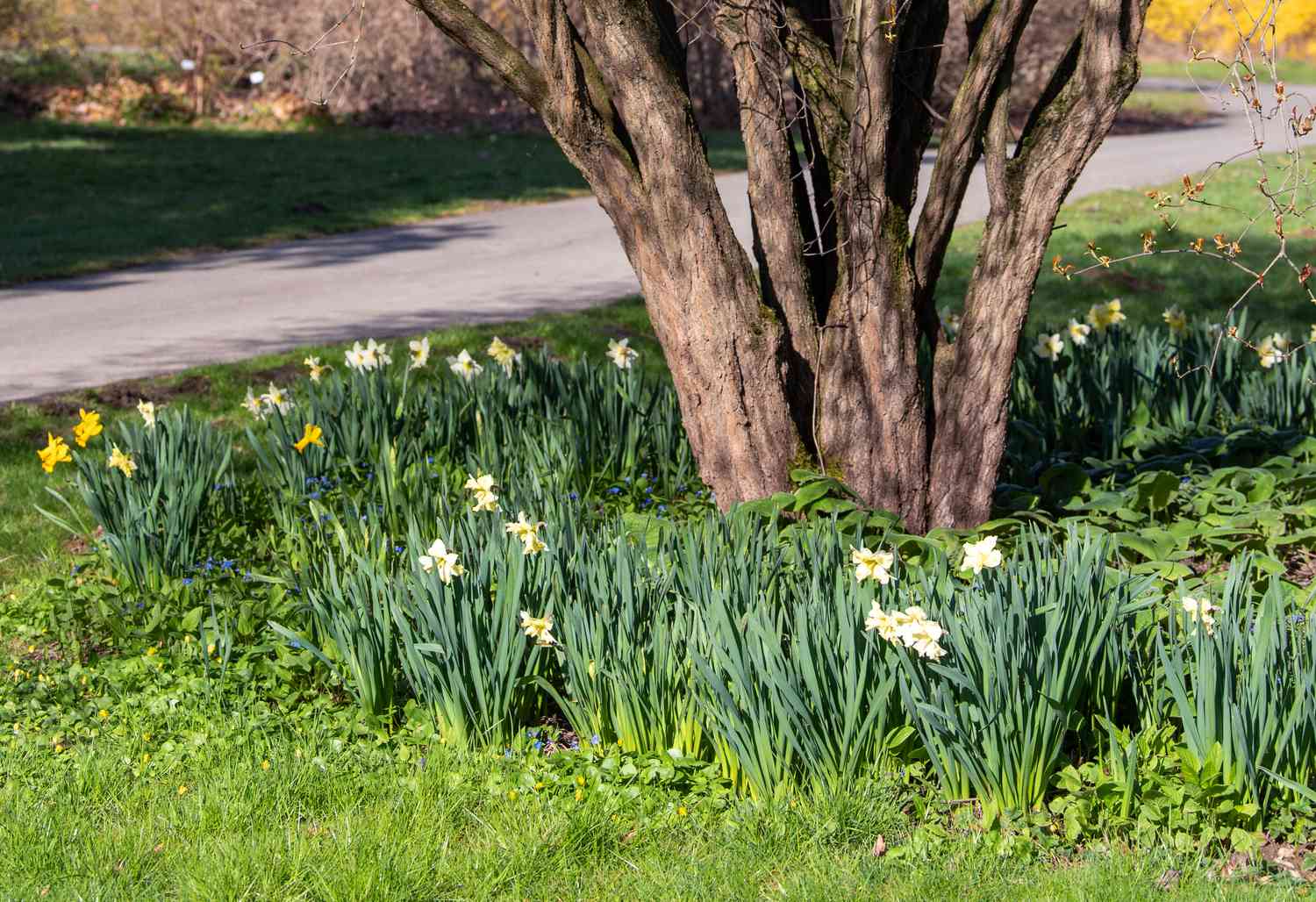
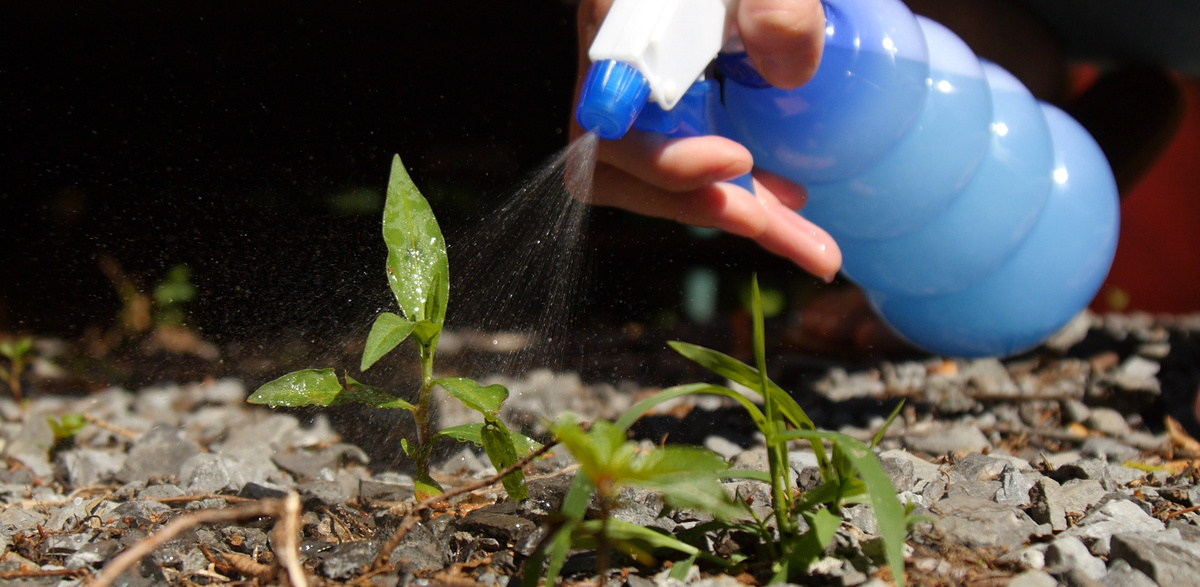
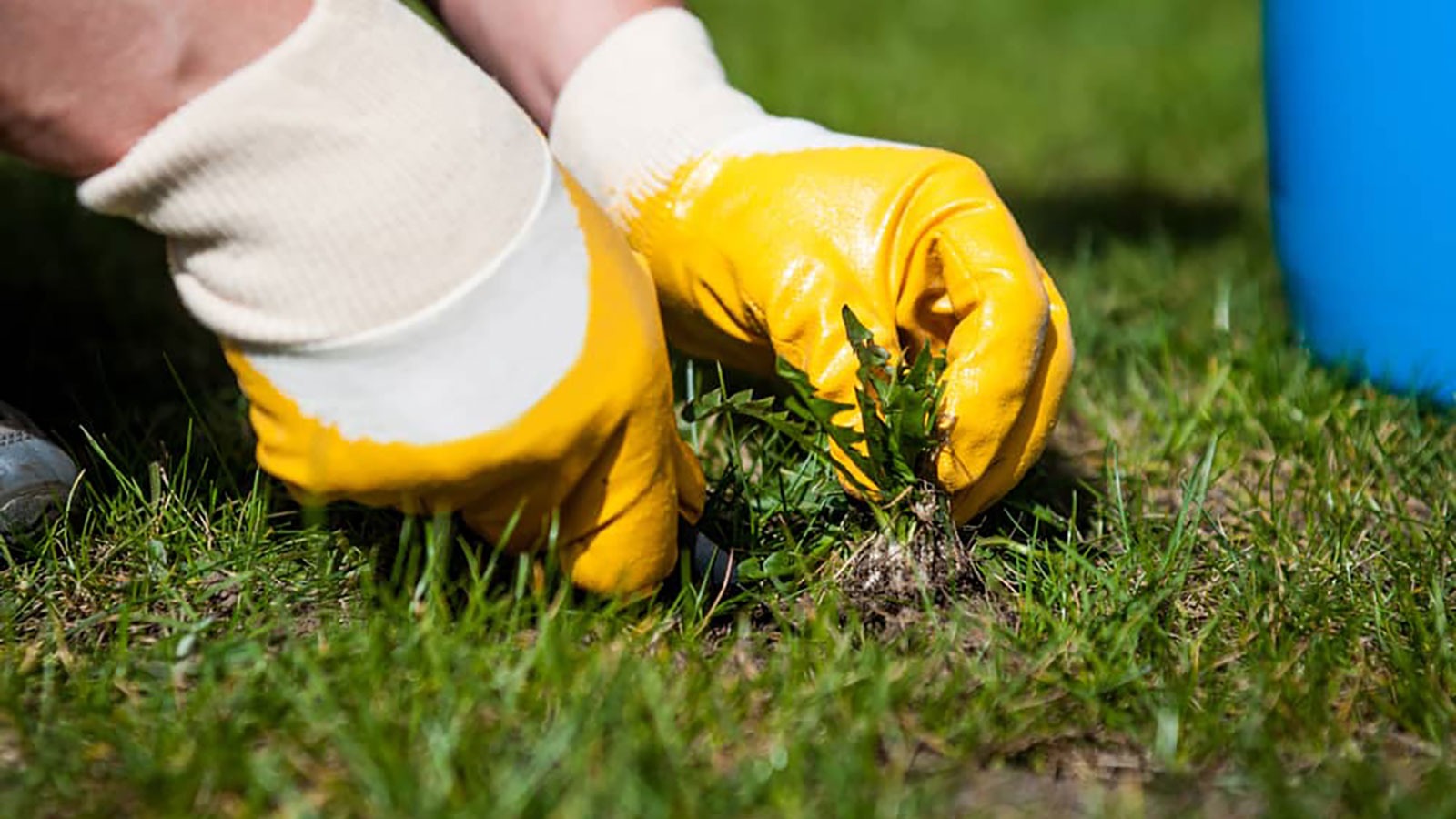
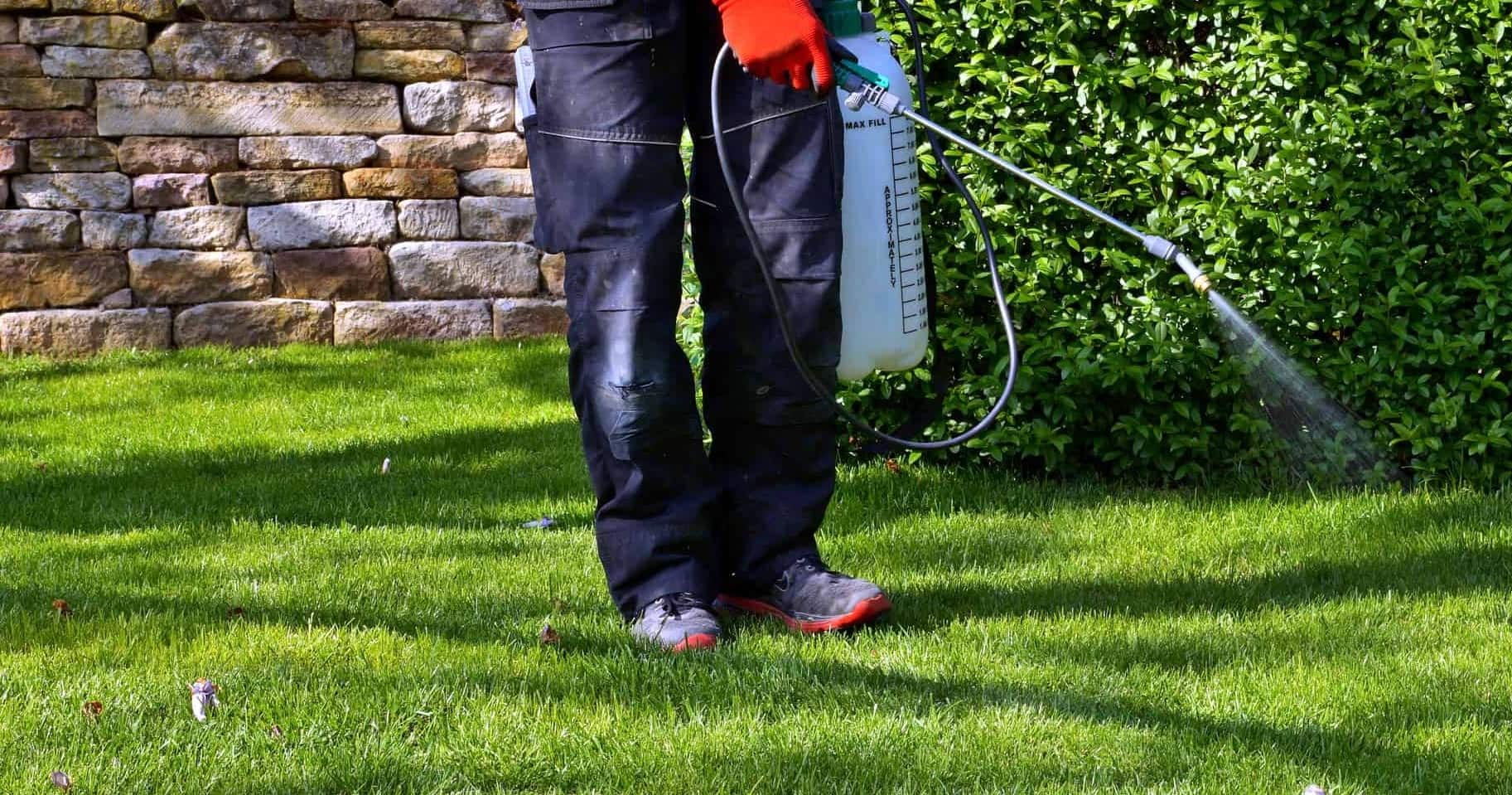
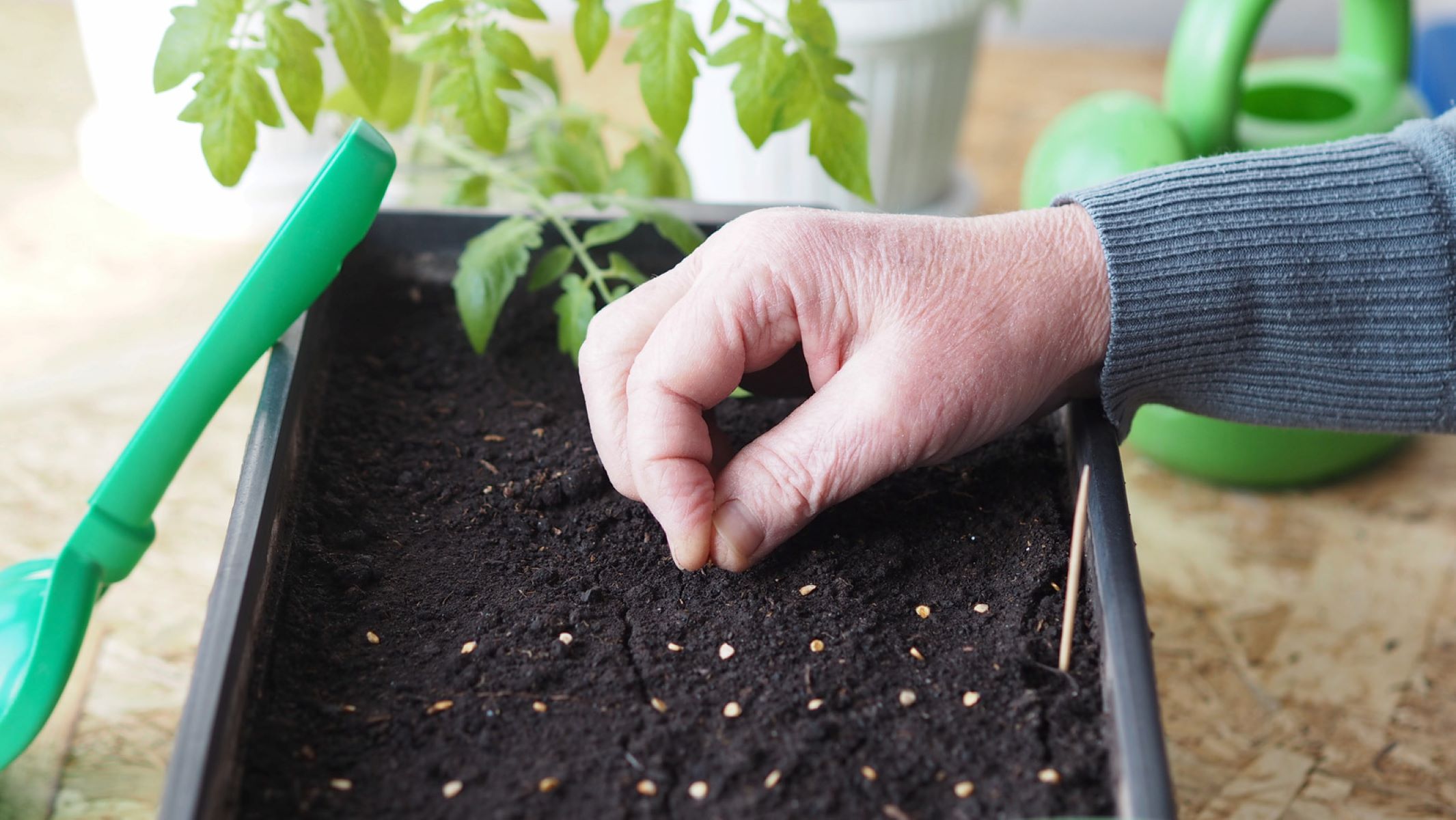
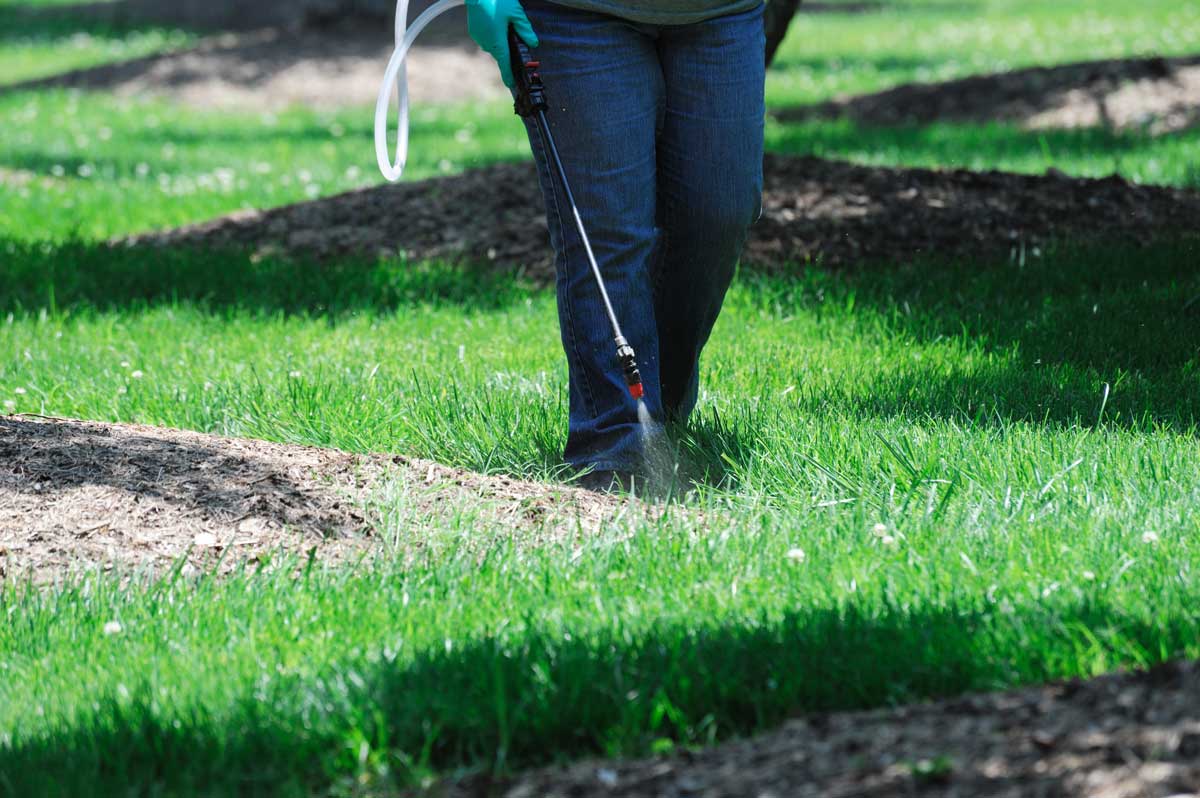
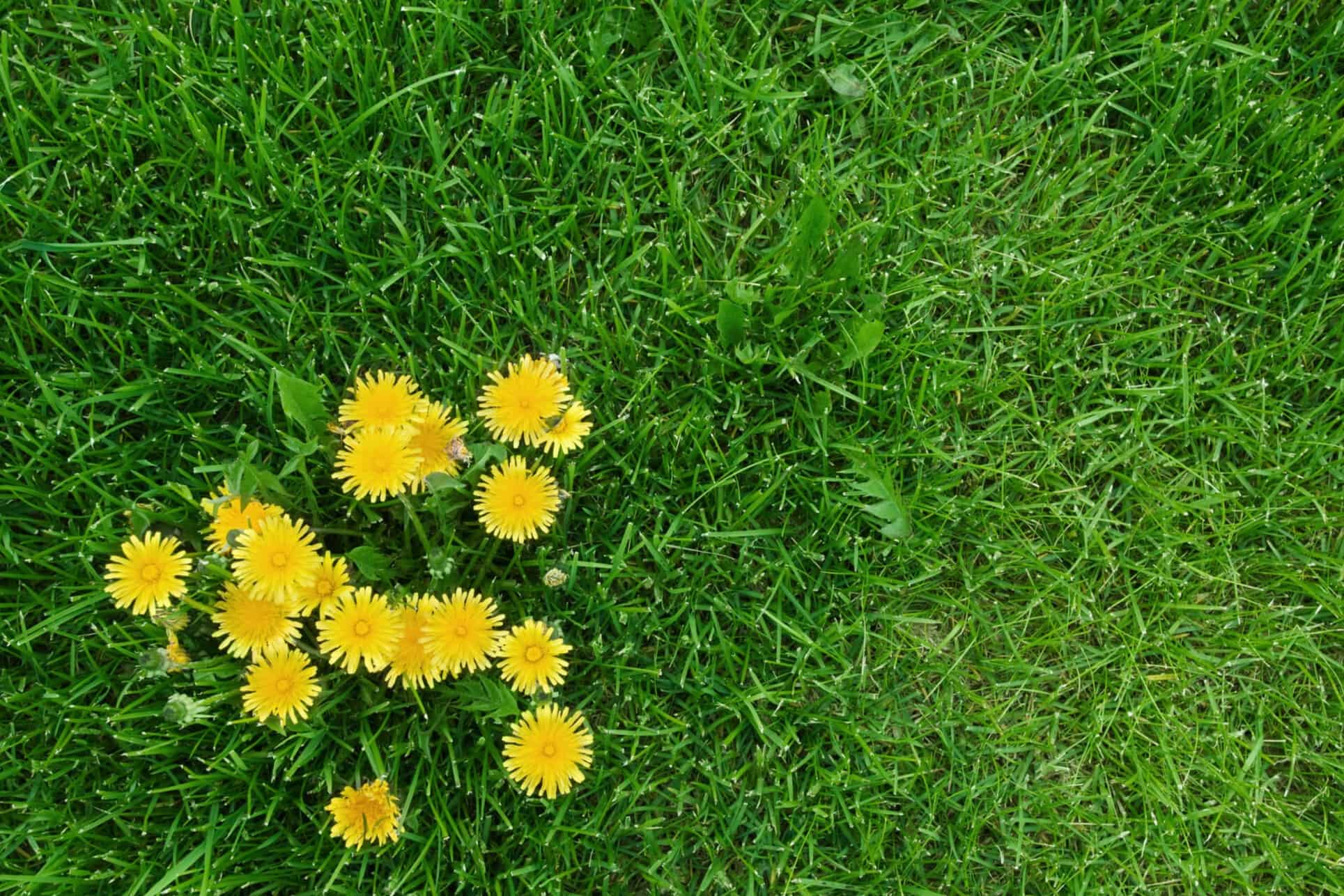
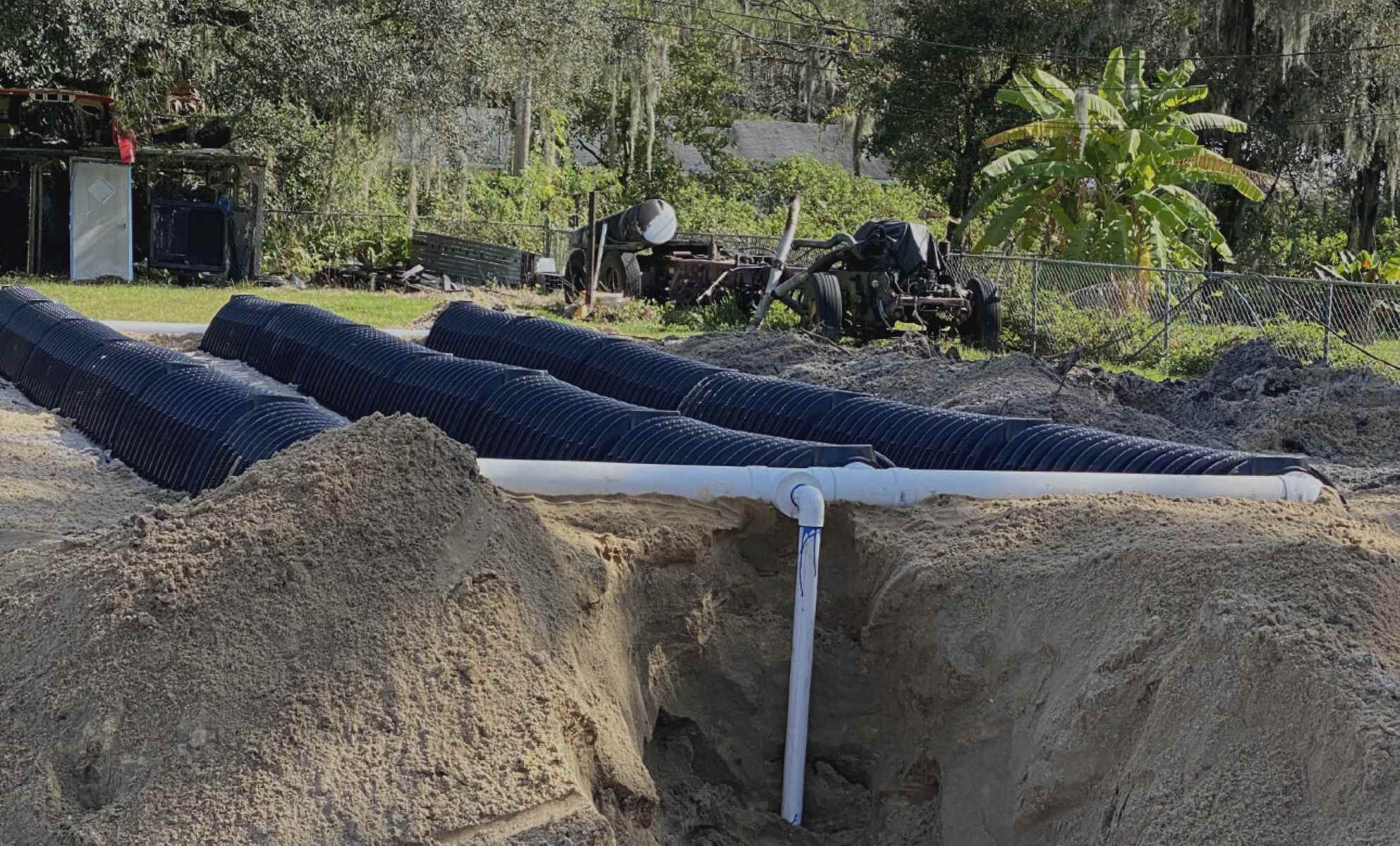
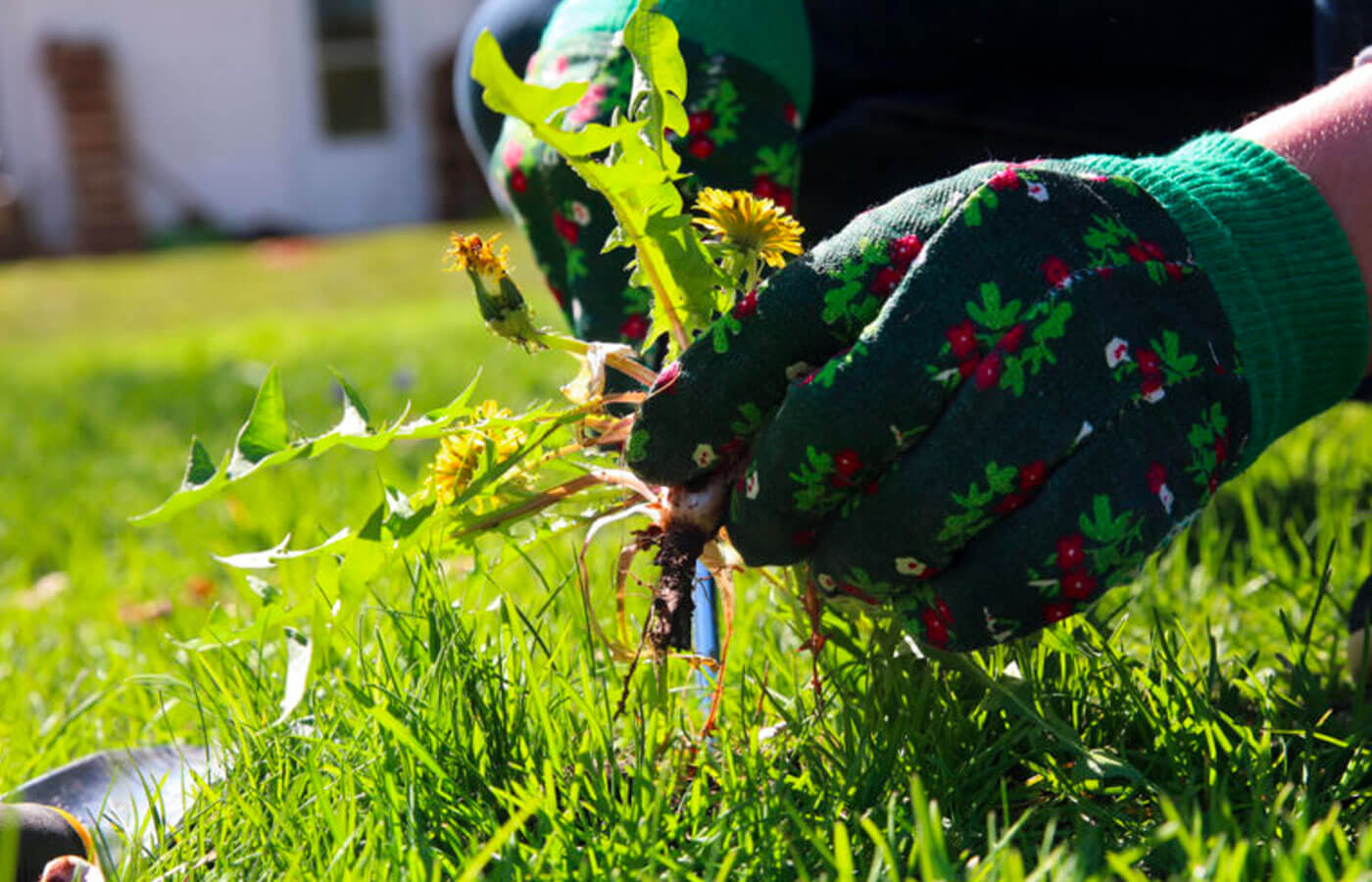

0 thoughts on “How To Plant Grass After Tree Removal”